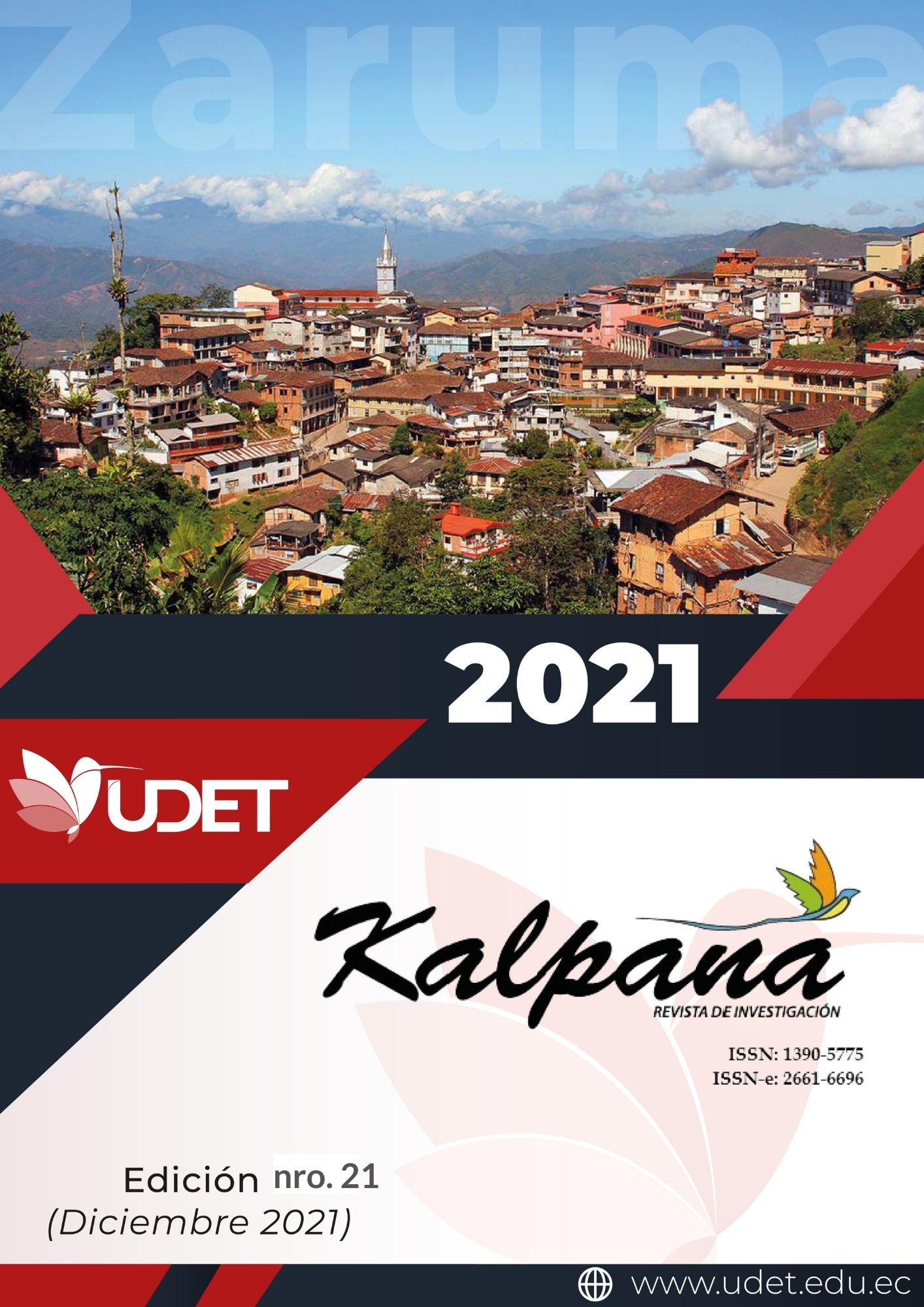Kernel density analysis for the diagnosis of tourist heritage. Case study: La Floresta neighborhood in Quito
Análisis de densidad de Kernel para el diagnóstico del patrimonio turístico. Caso de estudio: Barrio de la Floresta.
Keywords:
Territorial planning, tourism, Quito, GIS, KernelAbstract
La Floresta is located in the parish of La Mariscal, it has established itself as a place that offers a cultural proposal for the city of Quito. However, despite being an area that has attractiveness, there has been no adequate territorial tourism analysis. Therefore, the objective of this research is to use geographic information systems to identify attractions, equipment and infrastructure that sustain tourist visits, as well as an analysis of the territory through Kernel density to identify attractive areas to generate vital enterprises after the COVID-19 pandemic. Furthermore, it has the purpose of working towards understanding the dynamics that these elements make up within the territory. The methodology was divided into two phases. The first one is composed of work in the field with the collection of georeferenced data and the second with the analysis of the data to create geodatabases through ArcGIS for the generation of thematic cartography. Among the main conclusions that were obtained from the study were that 33 tourist attractions and 132 items of equipment were divided into food and beverages, accommodation, and other services. Within the infrastructure, important areas to be highlighted were found, such as zone 30. Within the Kernel analysis, areas to the south of the neighborhood with potential for business generation were identified, as well as the identification of a high density of attractions and equipment in the northern area of the neighborhood.
References
ArcGIS Resources. (2020). Introducción a SIG. Consultado el 20 de agosto, 2020, Obtenido de: https://resources.arcgis.com/es/help/getting-started/articles/026n0000000t000000.htm
ArcMap (versión 10.6). (2017). Environmental Systems Research Institute (ESRI). California: ESRI.
Boullón, R. (2017). Planificación del espacio turístico. México: Editorial Trillas.
Concejo Metropolitano de Quito. (2011). Ordenanza del plan especial del sector “la Floresta”. Quito: Concejo Metropolitano de Quito.
Empresa Pública Metropolitana de Movilidad y Obras Públicas. (2016). Boletín de prensa No. 188. Consultado 1 de agosto 2020, Obtenido de: http://www.epmmop.gob.ec/epmmop/noticias/boletines/item/2273-el-proyecto-%E2%80%9Cmi-calle%E2%80%9D-de-la-floresta-se-ejecut%C3%B3-con-%C3%A9xito.html
Environmental Systems Research Institute. (2016). Cómo funciona la densidad de Kernel. Consultado el 1 de agosto, 2020. Obtenido de: https://desktop.arcgis.com/es/arcmap/10.3/tools/spatial-analyst-toolbox/how-kernel-density-works.htm
Environmental Systems Research Institute. (2020). Los SIG como herramienta para el turismo. Consultado el 20 de agosto, 2020. Obtenido de: https://www.arcgis.com/apps/MapSeries/index.html?appid=021027f0e0ae4bb9bc0e8395391751ef
Gobierno Abierto del Municipio de Quito (2018). Geoportal-Sistema Metropolitano de Información. Consultado 20 de agosto, 2020, Obtenido de: http://gobiernoabierto.quito.gob.ec/?page_id=7363
Guzmán Ramos A., A. y Fernández G. (2002). "El turismo desde la geografía". En: Vera, F J. (Coord.). Análisis territorial del turismo. Barcelona.
INEC. (2010). Censo de Población y Vivienda. Instituto Nacional de Estadísticas y Censos
Ministerio de Turismo. (2018). Manual Metodología para Jerarquización de Atractivos y Generación de Espacios Turísticos. Quito: Ministerio de Turismo
Moreno, A. (1991). Modelización cartográfica de densidades mediante estimadores Kernel. Universidad autónoma de Madrid.
Niño, S., Danna, J. (2016). Los Sistemas de Información Geográfica (SIG) en turismo como herramienta de desarrollo y planificación territorial en las regiones periféricas. CIDADES, comunidades y territorios, 32, 18-39.
Secretaría Nacional de Planificación y Desarrollo. (2013). Catálogo Nacional de Objetos Geográficos Versión 2.0. Quito: SENPLADES
Silverman, B. W. (1986). Density estimation for statistics and data analysis. London, UK: Chapman & Hall/CRC. Obtenido de: https://ned.ipac.caltech.edu/level5/March02/Silverman/paper.pdf
Published
How to Cite
Issue
Section
License
Copyright (c) 2021 Freddy Xavier Lasso Garzón, Andrea Sarango, Fabián Brondi Rueda

This work is licensed under a Creative Commons Attribution-NonCommercial-ShareAlike 4.0 International License.

Esta obra está bajo una Licencia Creative Commons Atribución-NoComercial-CompartirIgual 4.0 Internacional.














